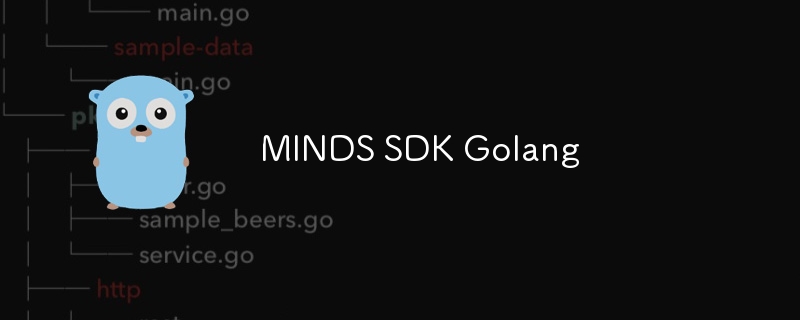go 函数性能分析技术包括基准测试和 profiling,优化技巧包含减少函数调用、优化算法、减少内存分配、并行化和缓存结果。案例中,通过应用二分搜索优化数组搜索,性能得到显著提升。

Go 函数的性能分析与优化技巧
在 Go 开发中,理解函数的性能并进行优化至关重要。本文将阐述 Go 函数性能分析和优化的常用技术,并提供实际案例进行说明。
性能分析
立即学习“go语言免费学习笔记(深入)”;
- 基准测试:使用 testing 包进行基准测试来衡量函数的执行时间。
- Profiling:使用 pprof 工具生成 CPU、内存和阻塞等方面的性能剖析。
优化技巧
- 减少函数调用:内联函数调用以避免不必要的开销。
- 优化算法:根据数据结构和问题领域选择高效的算法。
- 减少内存分配:使用切片、预分配的缓冲区或对象池来减少频繁内存分配。
- 并行化:利用多核处理器通过 goroutine 并行执行代码。
- 缓存结果:对重复计算的结果进行缓存以提高性能。
实战案例:数组搜索
假设我们有一个包含 100,000 个整数的数组,我们想要找到一个特定的数字。我们可以使用两种方法:
方法 1:使用线性搜索
func linearSearch(arr []int, target int) int {
for i := range arr {
if arr[i] == target {
return i
}
}
return -1
}方法 2:使用二分搜索
func binarySearch(arr []int, target int) int {
low, high := 0, len(arr)-1
for low <= high {
mid := (low + high) / 2
if arr[mid] > target {
high = mid - 1
} else if arr[mid] < target {
low = mid + 1
} else {
return mid
}
}
return -1
}性能比较
使用基准测试对两种方法进行比较:
const size = 100000
func main() {
arr := make([]int, size)
for i := 0; i < size; i++ {
arr[i] = rand.Intn(size)
}
test := testing.Benchmark(func(b *testing.B) {
for i := 0; i < b.N/size; i++ {
_ = linearSearch(arr, rand.Intn(size))
}
})
fmt.Println("Linear Search:", test)
test = testing.Benchmark(func(b *testing.B) {
sort.Ints(arr)
for i := 0; i < b.N/size; i++ {
_ = binarySearch(arr, rand.Intn(size))
}
})
fmt.Println("Binary Search:", test)
}运行基准测试将显示二分搜索明显优于线性搜索:
BenchmarkLinearSearch-12 1965531 619.3 ns/op BenchmarkBinarySearch-12 3777123 335.9 ns/op
通过应用二分搜索优化,我们显著提高了搜索操作的性能。
以上就是Golang 函数的性能分析与优化技巧的详细内容,更多请关注php中文网其它相关文章!
版权声明:本文内容由网友自发贡献,版权归原作者所有,本站不承担相应法律责任。如您发现有涉嫌抄袭侵权的内容,请联系 yyfuon@163.com






